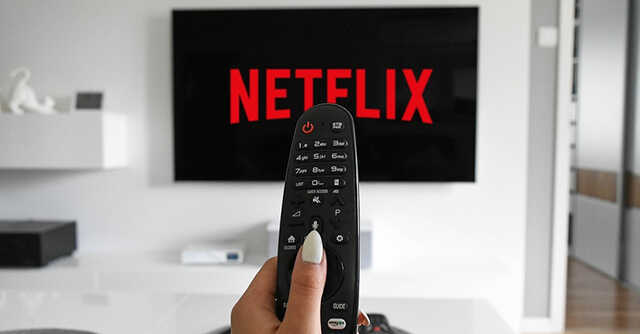
Smart TV penetration, shipment soars in India

The smart TV market in India is seeing double digit growth even as shipments of smartphones and laptops have plummeted over the past few quarters. Smart TV shipments grew 38% year-on-year (YoY) in the three months ending September 2022, according to a report by Counterpoint Research, released on Friday.
The growth in smart TV shipments is also a result of the growing smart TV penetration in India as more buyers are now upgrading to smart TVs to access over-the-top (OTT) content on a bigger screen. According to Counterpoint, the penetration of Smart TVs in the overall TV segment reached its “highest ever share” of 93% during the quarter.
“There are still many who are still using CRT (cathode-ray tube) TVs. Many of the users of non-smart TVs are now upgrading to smart TVs, which has also led to an increase in smart TV penetration. A year ago, the penetration of smart TV was less than 90% and has now grown to 93%,” said Anshika Jain, senior research analyst at Counterpoint Research.
Jain pointed out that smart TVs are now becoming more affordable and are available for under ₹20,000. “Google TV, which is still mostly available in the premium range, has started to penetrate under the ₹25,000 price segment. Starting next year, it is expected to penetrate the sub-20,000 price segments,” said Jain.
Most smart TVs in the sub-₹20,000 segment run on unofficial or forked versions of Android, WebOS and FireOS, according to Jain.
Google TV, WebOS and FireOS are operating systems made for smart TVs. They allow users to access streaming apps of all major OTT platforms, use social media apps and even play games without having to use a separate media streaming device or gaming console.
According to Counterpoint, the share of smart TV is expected to grow further in the ongoing and coming quarters as brands are lining up more launches in the under Rs 20,000 segment.
It was also found that more people are now buying TVs online, which now accounts for 35% of total smart TV shipments. The analysts attributed this to the various promotions and discounts offered by online sellers during festive season sales.
The Counterpoint report further shows that smart TVs with screen sizes ranging from 32 to 42-inch accounted for nearly half of total shipments during the quarter. Light emitting diodes (LED) continues to be the most widely used display technology, however, many of the new and premium TVs are using the more advanced OLED and QLED technologies.
In terms of market share, Xiaomi (11%), Samsung (10%), LG (9%), OnePlus (9%), and Vu (5%) were the top five smart TV brands in the September quarter.
“In just two months we have sold 46,675 units of the Vu GloLED TV. 2022 has been a fabulous year with nearly a half a million Vu TVs sold till date. We are looking forward to closing 150k units in the next quarter,” said Devita Saraf, chairman and CEO of Vu Technologies .
Global brands accounted for 40% of the smart TV market, followed by Chinese brands who shipped 38% of smart TVs, as per the report. The growth is not limited to just global brands. Shipment of Indian brands also grew.
“The share of Indian brands doubled to reach 22% of the overall shipments. Many new Indian brands are entering the highly competitive market,” said Akash Jatwala, research analyst at Counterpoint Research.
Daiwa, BPL, Adsun, Onida, Karbonn are some of the Indian brands that have seen high shipment volumes, according to Counterpoint.
Some of the Indian TV manufacturers such as Videotex International, which also sells TVs under Daiwa brand, are working directly with LG to license their webOS smart TV platform and manufacture TVs with webOS for other brands. This has also helped local brands offer similar smart TV experiences that global brands offer on their products.
"Because it was the first normal festive season in two years, brand expectations were extremely high. Freight costs have decreased compared to the previous year and the price of open cell dropped significantly along with other raw material items which resulted in the reduction of overall cost of TVs," said Arjun Bajaj, director of Videotex.
Videotex has seen a 30% increase in the number of units manufactured over the previous year, added Bajaj.

